nn
n
n
n
nThe liquid drops of tears that you have shednnn
nShall come again, transformed to orient pearl.nnn
nShakespeare: Richard III, Act IV, Scene IVn
n
nnn
nThe notion that pearls are tears rendered into gemsnis found in many ancient stories and is a theme beloved by poets throughout thenages. In the twentieth century, T S Eliot alluded to a similar thought in ThenWaste Land,
nnn
n
n
n“Here, said she,nnn
nIs your card, the drowned Phoenician Sailor,nnn
n(Those are pearls that were his eyes. Look!)”n
n
nnn
n
n
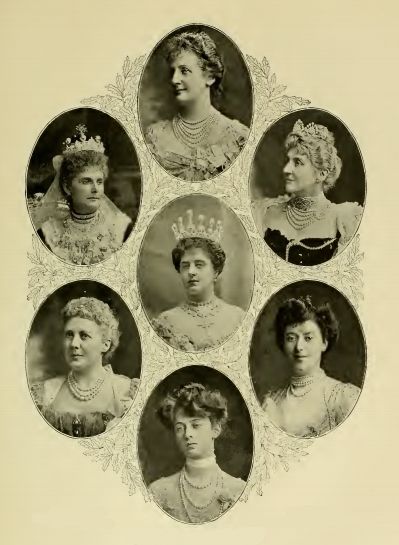 |
| Ladies and their Pearls |
n
n
n
nThe beauty and chaste purity of pearls have led tonthem being viewed as the perfect gift for brides to wear, although a parallelntradition held that each pearl worn by a bride on her wedding day presaged antear she would later shed during her marriage, (as it would be an extremelynunworldly bride to expect an entirely tear-less marriage, many feel it’s wellnworth the risk).
nnn
n
n
nAs pure as a pearl,nnn
nAnd as perfect: a noble and innocent girl.nnn
nOwen Meredith (Lord Lytton), Lucile, Pt II,nCanto VIn
n
nnn
nThe ladies-in-waiting of Empress Eugénie tried innvain to dissuade from wearing long strings of pearls when she married NapoleonnIII, in 1853, and many said, after the event, that her subsequent tragic lifenwas due to wearing so many pearls to her wedding.
n
n
n
 |
| The Empress Eugenie |
n
n
n
nSimilarly, Queen MargaretnTudor, wife of King James VI of Scotland, prior to the Battle of Flodden inn1513, dreamt for three consecutive nights that all her jewellery had turnedninto pearls, which was interpreted as an ill-omen of forthcoming widowhood andndisaster. Pierre de Rosnel, writing in the seventeenth century, allies thenpearl to Venus, born of heaven and the sea,
nnn
n
n
n“… so in like manner the pearl — the loveliest ofnall gems — is formed in the sea and is the offspring of the dew of heaven.”nnn
n Rosnel, LenMercure Indien, ou le Trésor des Indes, 1672n
n
n
n
n
 |
| Botticelli – The Birth of Venus |
n
n
n
nThis is another reason whynbrides, pearls and the Goddess of Love are so closely associated. An addednlevel of purity surrounds the pearl as it is taken from nature in a perfectnstate, without the need for the hand of man to improve it in any manner, andnthis purity is reflected in the name of Margaret, which derives from thenPersian Murwari, (pearl, child of light), through the Greek μαργάρίτης,nand is found in variations throughout Europe, from the French Marguerite andnMargot, German Gretchen and Grethel, Italian Margherita and Rita, to thenEnglish Marjorie, Peggy and Madge.
n
n
n
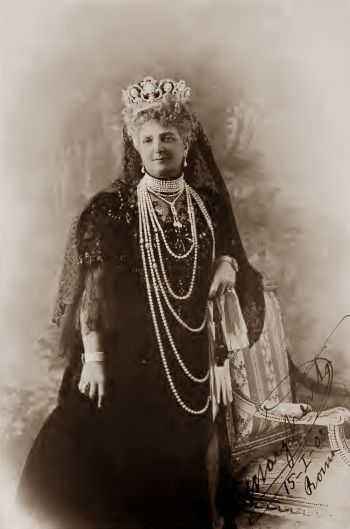 |
| The Dowager Queen Margherita of Italy |
n
n
n
nThere are several St Margarets, all of whomnsymbolise innocence and purity, including St Margaret of Antioch, ‘the mildnmaid of God’, who is the embodiment of feminine innocence and whose attributenis a string of pearls, St Margaret Ætheling, canonized in 1215 and adopted asnthe patron saint of Scotland in 1673, or Margaret, ‘the Pearl of Bohemia’,nheld in especial reverence by the Danes.
n
n
n
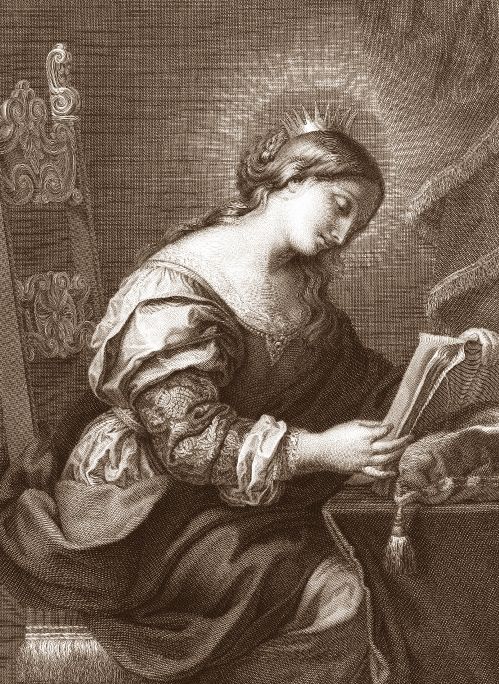 |
| St Margaret of Scotland |
n
n
n
nIn literature, Margarets abound asnheroines of innocence, from Goethe’s Gretchen, in Faust, Tennyson’sn‘Sweet pale Margaret’, and Scott’s ‘Ladye Margaret, the Flower of Teviot’.nWilliam Drummond of Hawthornden plays with the name and the association withnpearls in his An Epitaph of One Named Margaret,
n
n
n
n“In shells and goldnpearls are not kept alone,nnn
nA Margaret here lies beneath a stone.”n
n
nnn
n
n
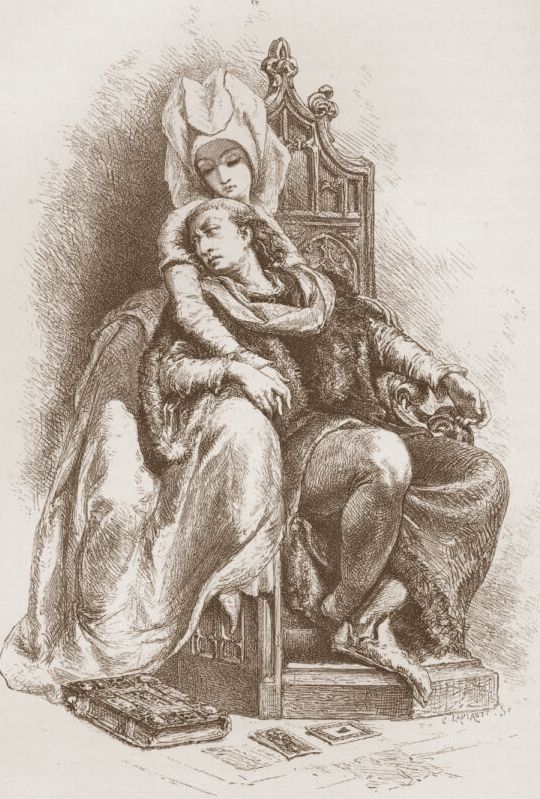 |
| Charles VI of France |
n
n
n
nAs may be expected for something so associated withnpurity, pearls were once a valuable, if mildly ineffectual, medicine. Crushednpearls, dissolved in distilled water, were given to Charles VI of France,n(called Charles the Mad), in an attempt to cure his bouts of insanity. Lorenzonde Medici, ‘The Magnificent’, lay dying of fever at Careggi and was also givennpulverized pearls as a cure; when asked how it tasted, Lorenzo is said to havenreplied,
n
n
n
n“As pleasant as anything can be to a dying man.”n
n
n
n
n
 |
| Lorenzo de Medici |
n
n
n
nDraughts ofnpowdered, pulverized or dissolved pearls were also used as a symbol ofnsacrifice, as in Shakespeare’s Hamlet, when Claudius speaks of a ‘union’,na common term for a pearl, in the lines,
nnn
n
n
n“The king shall drink to Hamlet’s better breath;nnn
nAnd in the cup an union shall he throw.nnn
nRicher than that which four successive kingsnnn
nIn Denmark’s crown have worn.”n
n
nnn
n
n
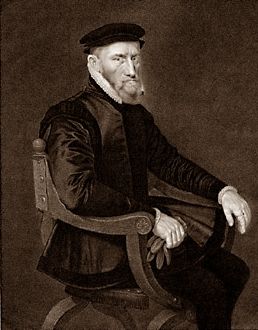 |
| Sir Thomas Gresham |
n
n
n
nA Spanish ambassador to the court of Queen Elizabethnboasted of the wealth and magnificence of his sovereign’s court. Sir ThomasnGresham, irked by this Iberian arrogance, countered that there were men innEngland who spent more on one meal than the Spanish King and all his grandees,nand laid a wager that he could prove his claim. Some time later, this samenambassador happened to call on Sir Thomas at meal-time and found him dining onna very dinner, so declared to have won the bet.
n
n
n
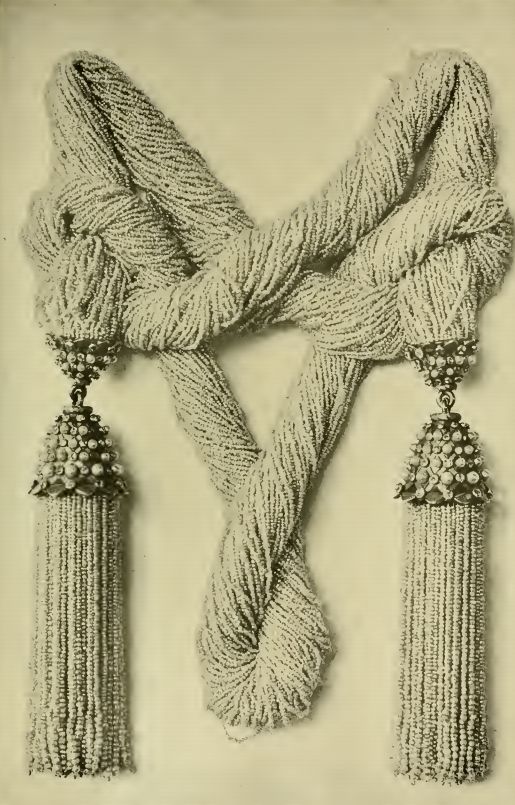 |
| A Necklace made from 126,000 seed pearls |
n
n
n
nNot so, said Sir Thomas, andntook a box from his pocket, drew forth an exquisite oriental pearl, crushed itninto a powder which he stirred into a glass of wine, and drank a health to hisnMistress, the Queen. I have, Gresham told the Spaniard, refused £15,000 fornthat pearl, have I won the wager? The ambassador was forced to concede defeat.
nnn
n
nnn
n


















